Month 1
Most babies are able to . . .
-
Lift head briefly when on stomach
-
Startle at loud noise
-
Blink at bright lights
-
Stare and focus at faces
-
Hold up head at 45 degree angle
Month 2
Most babies are able to . . .
-
Smile in response to your smile
-
Make noises other than crying
-
Hold up head at 45 degree angle while on stomach
-
Make smoother movements
-
Hold head steady when upright
-
Raise chest and head while on stomach
-
Bring both hands together
-
Bear weight on legs
Month 3
Most babies are able to . . .
-
Hold up head at 45 degree angle while on stomach
-
Hold head steady when upright
-
Laugh and smile
-
Recognize your face
-
Kick legs
-
Recognize your voice
-
Hold up head at 90 degree angle while on stomach
-
Bring both hands together
-
Squeal and coo in delight
-
Do small mini pushups
-
Bear weight on both legs
-
Bat at toys
-
Reach for toys and objects
-
Turn to familiar voices
-
Make a razzing sound
Month 4
Most babies are able to . . .
-
Hold up head at 90 degree angle while on stomach
-
Bear weight on both legs
-
Coo when you talk
-
Laugh and smile
-
Grasp a rattle or toy
-
Pay attention to small object held in front of his or her face
-
Roll over
-
Reach out for objects
-
Do small mini push ups
-
Turn in direction of familiar voices
-
Hold head level with body when pulled to sit
Month 5
Most babies are able to . . .
-
Roll over
-
Pay attention to small objects held in front of his or her face
-
Reach out for objects
-
Grasp a rattle or toy
-
Hold head level with body when pulled to sit
-
Make sounds
-
Turn to new sounds
-
Recognize own name
-
Get upset if you take a toy away
-
Pass object from one hand to the other
-
Try to get toy or object that is out of reach
-
Sit momentarily without support
-
Repeat sounds like mama or dada
Month 6
Most babies are able to . . .
-
Keep head level when pulled to sitting position
-
Sit momentarily with minimal support
-
Roll back and forth in both directions
-
Imitate sound and facial expressions
-
Sit without support
-
Feed itself a biscuit or bottle
-
Get upset if you take a toy away
-
Pull up to standing position from sitting
-
Work at getting a toy that is out of reach
-
Start crawling
-
Get into a sitting position from stomach
-
Say mama or dada
-
Pick up small objects with fingers
-
Babble and combine two syllable sounds
-
Separation and stranger anxiety may begin
Month 7
Most babies are able to . . .
-
Sit without support
-
Work at getting a toy that is out of reach
-
Feed itself
-
Start crawling or lunging forward
-
Get upset if you take a toy away
-
Play peek-a-boo
-
Distinguish emotions by your tone of voice
-
Pass object from one hand to the other
-
Separation and stranger anxiety may begin
-
Stand while holding onto something
-
Wave goodbye
-
Clap hands
-
Bang objects together
-
Say mama or dada
-
Pull up to standing position from sitting
-
Walk holding onto furniture
Month 8
Most babies are able to . . .
-
Start crawling
-
Pass object from one hand to the other
-
Respond to own name
-
Mouth and chew on objects
-
Reach for spoon when being fed
-
Turn away when finished eating
-
Say mama and dada
-
Stand while holding on to something
-
Crawl well
-
Pull up to standing position from sitting
-
Walk holding onto furniture
-
Clap and bang objects together
-
Separation and stranger anxiety may begin
-
Indicate wants with different gestures
-
Use thumb and finger pincer grasp to pick things up
-
Stand alone momentarily
-
Wave goodbye
Month 9
Most babies are able to . . .
-
Stand while holding on to something
-
Look for dropped objects
-
Pull up to standing position from sitting
-
Clap and bang objects together
-
Combine syllables into word like sounds
-
Separation and stranger anxiety may begin
-
Use thumb and finger pincer grasp to pick things up
-
Walk holding onto furniture
-
Stand alone momentarily
-
Wave goodbye
-
Drop object and then looks for them
-
Understand the word no
-
Begin to identify self in a mirror
-
Say mama and dada to the right parents
-
Play patty cake
-
Play ball
-
Drink from a cup independently
-
Stand alone well
-
Say one word other than mama or dada
Month 10
Most babies are able to . . .
-
Stand holding on to someone or something
-
Walk holding onto furniture
-
Pull up to standing position from sitting
-
Crawl well
-
Use thumb and finger pincer grasp to pick things up
-
Say mama and dada to the right parents
-
Understand the word no but doesn’t always obey it
-
Respond to own name
-
Indicate what he or she wants with gestures other than crying
-
Stand alone momentarily
-
Drink from a cup independently
-
Stand alone well
-
Play ball and patty cake
-
Walk for a step or two
-
Say one word other than mama or dada
-
Put toys or object into a container
Month 11
Most babies are able to . . .
-
Say mama and dada to the right parents
-
Wave goodbye
-
Clap hands
-
Understand the word no but doesn’t always obey it
-
Stand alone momentarily
-
Play ball and patty cake
-
Say one word other than mama or dada
-
Drink from a cup independently
-
Indicate what he or she wants with gestures other than crying
-
Imitate others
-
Put toys or object into a container
-
Stand alone well
-
Babble that sounds like her or she is talking a foreign language
-
Say two or more words other than mama or dada
-
Drink from a cup independently
-
Understand simple instructions
-
Walk well
Month 12
Most babies are able to . . .
-
Imitate others sounds and activities
-
Babble different word like sounds
-
Clap hands and bang objects together
-
Say one word other than mama or dada
-
Crawl well
-
Walk holding onto furniture well
-
Fearful of strangers
-
Pull off socks
-
Say two or more words other than mama or dada
-
Take a few steps
-
Understand simple instructions
-
Test parents responses to certain behavior
-
Stand well
-
Walk with help
-
Shake head no
-
Walk well
-
Scribble on paper or anything else they can get their hands on
-
Say three or more words other than mama or dada
-
Respond to command
-
Babble that sounds like her or she is talking a foreign language
-
Drink from a cup independently
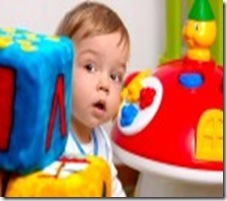
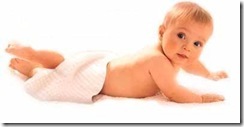
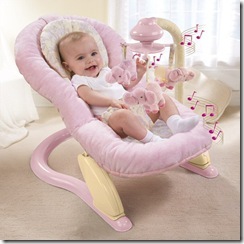

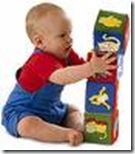
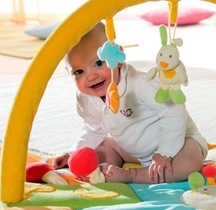
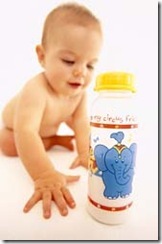
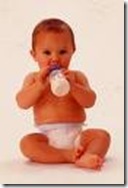
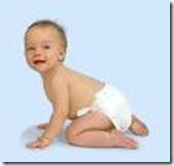
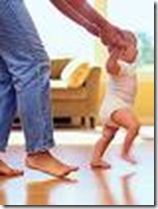

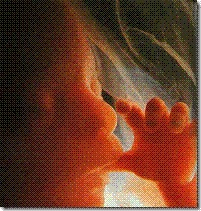
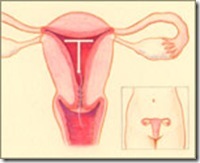
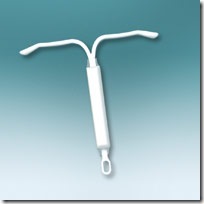
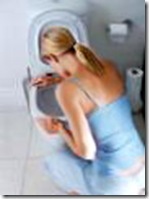

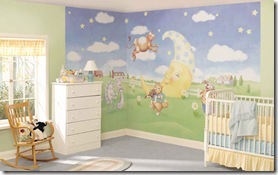


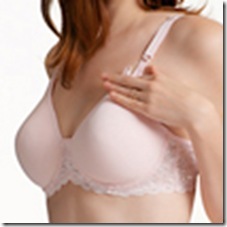

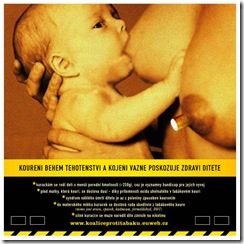
 Some foods can prove to be really harmful to your unborn child or nursing baby. Here are a few foods you should avoid eating when pregnant or breastfeeding.
Some foods can prove to be really harmful to your unborn child or nursing baby. Here are a few foods you should avoid eating when pregnant or breastfeeding. 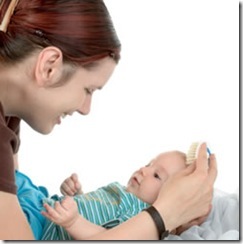 Cradle cap, also called seborrhoeic dermatitis, looks like a very bad case of dandruff. It causes a baby's scalp to become red and flaky. Cradle cap can also appear on you baby's face, mostly around the eyes and on their eyebrows. Although the condition can look unsightly, it's very common and nothing to worry about.
Cradle cap, also called seborrhoeic dermatitis, looks like a very bad case of dandruff. It causes a baby's scalp to become red and flaky. Cradle cap can also appear on you baby's face, mostly around the eyes and on their eyebrows. Although the condition can look unsightly, it's very common and nothing to worry about.
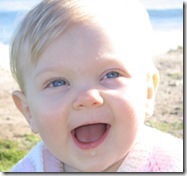


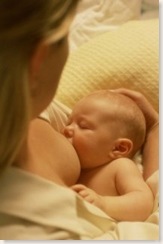

 Step 3: Bring the bottom of the blanket up and tuck it into the first swathe. Then pull the last corner of the blanket across your baby's chest, securing his left arm near his body.
Step 3: Bring the bottom of the blanket up and tuck it into the first swathe. Then pull the last corner of the blanket across your baby's chest, securing his left arm near his body. 

